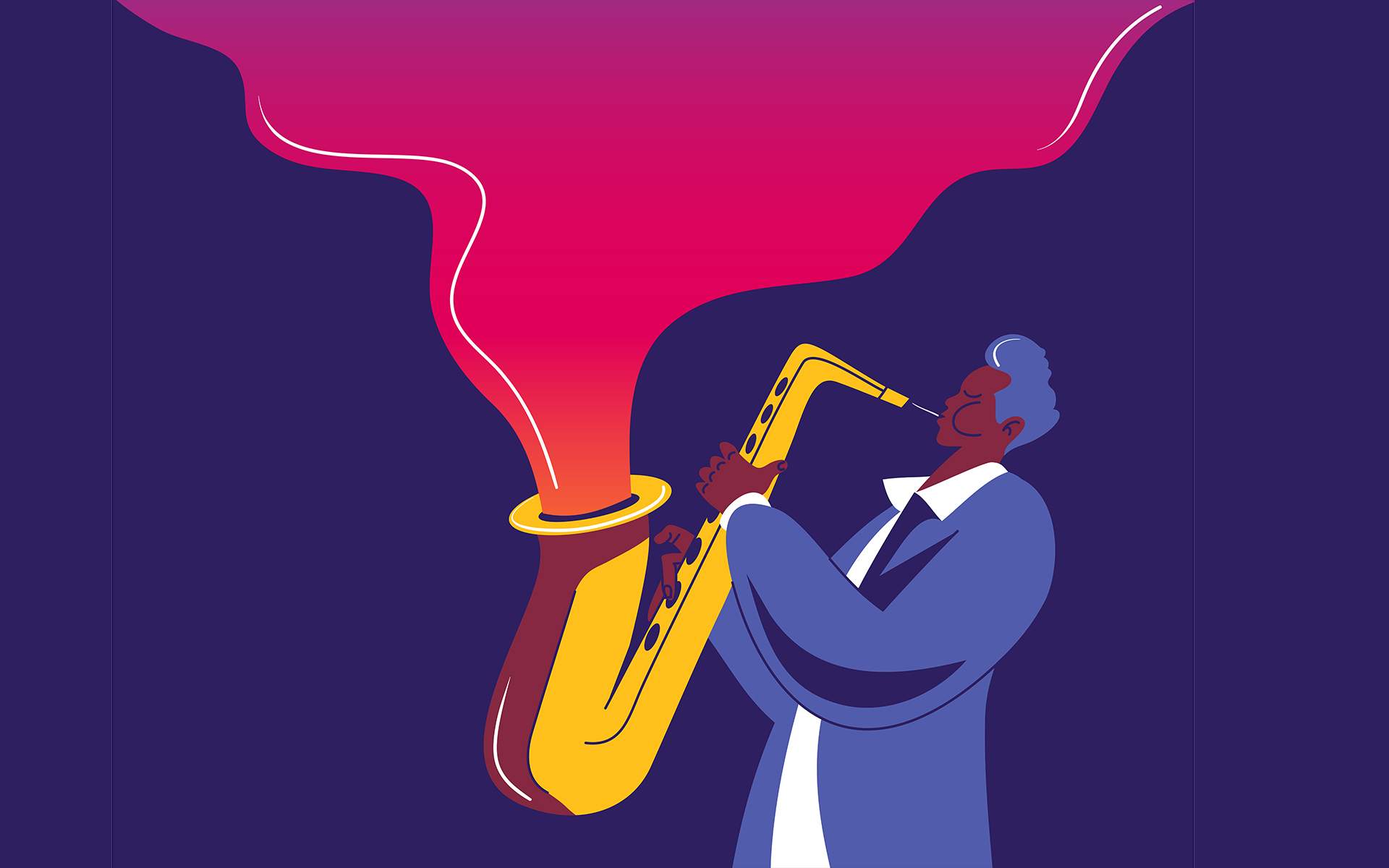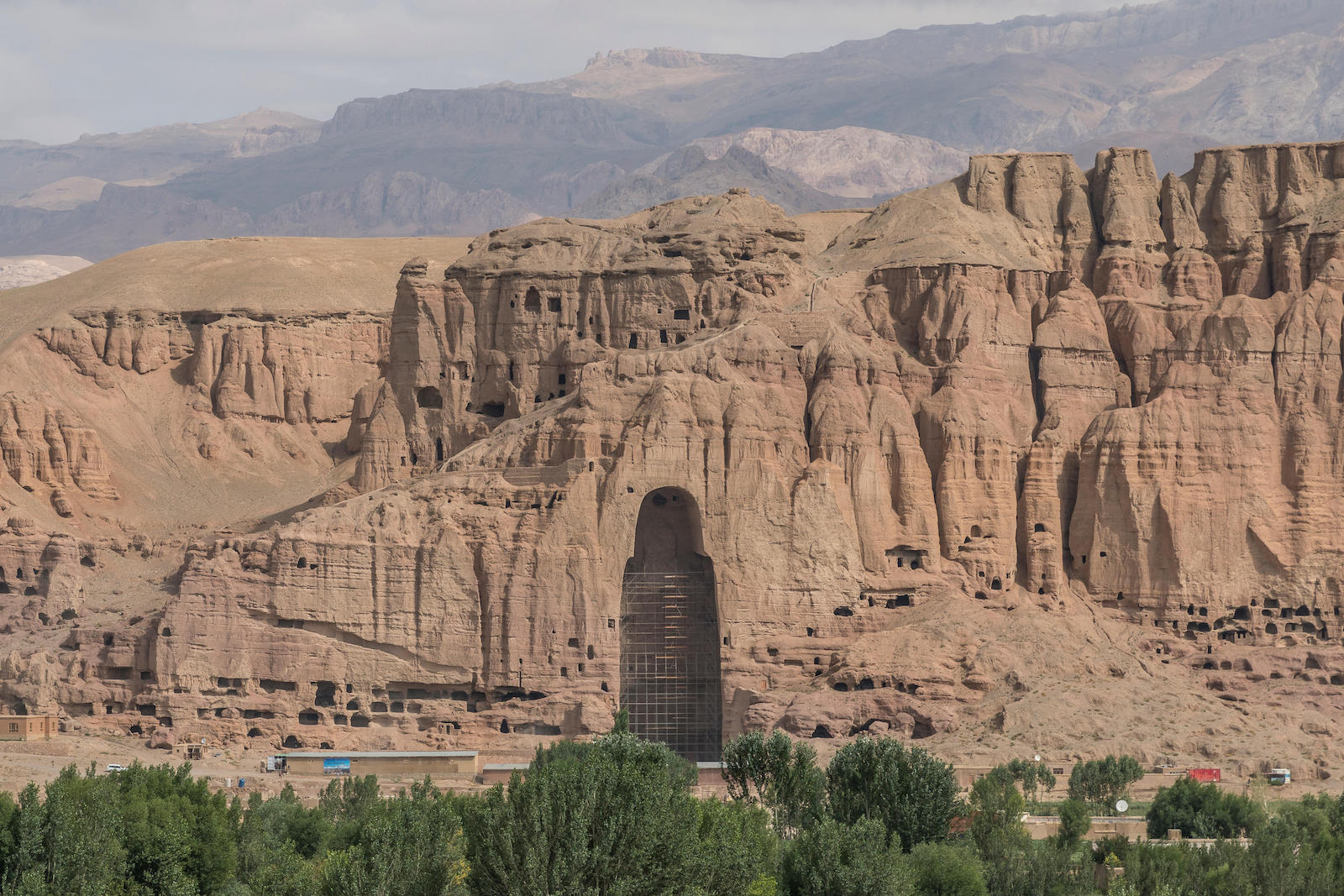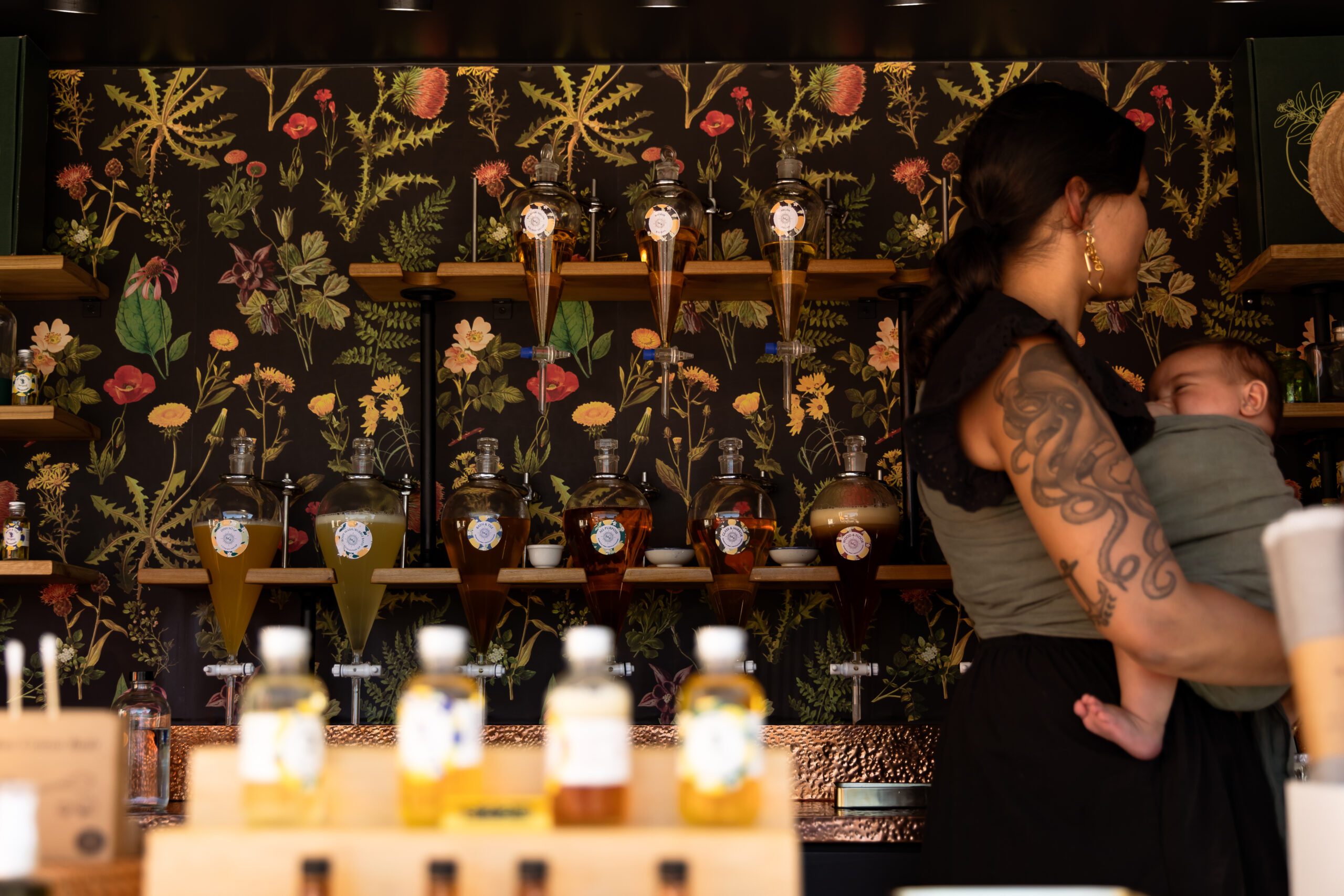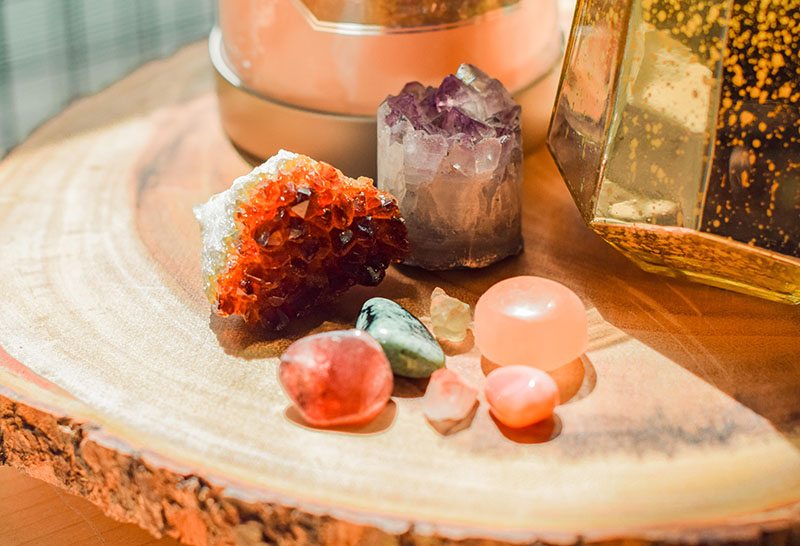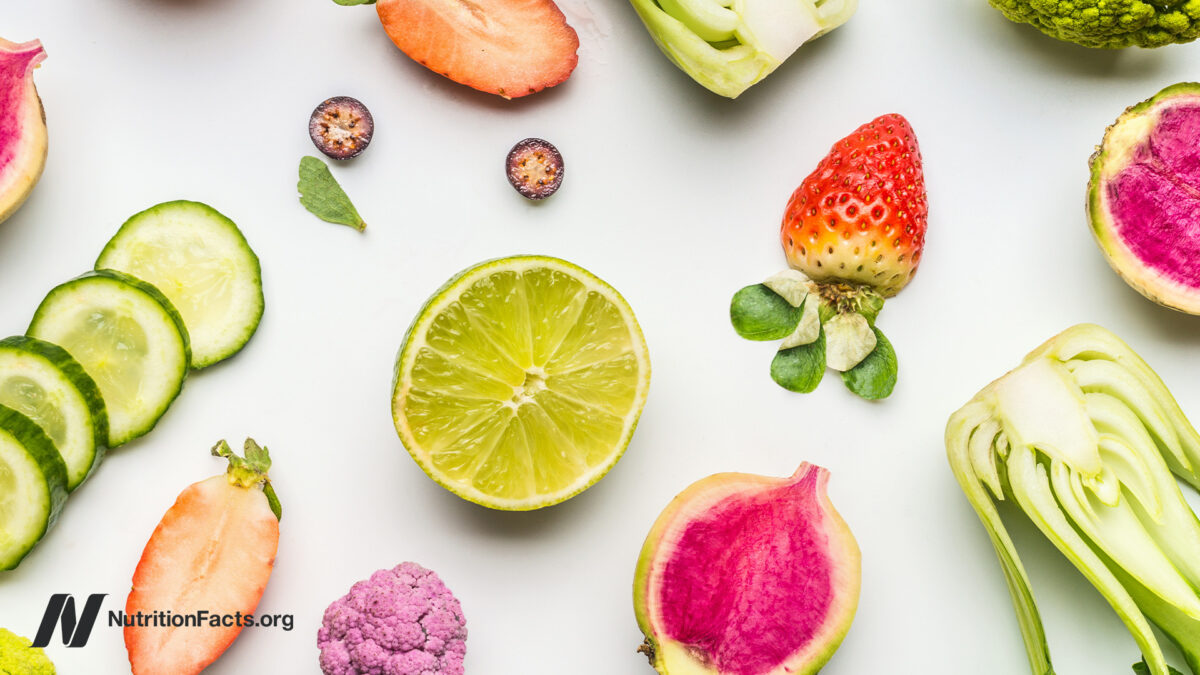Baddha Padmasana (Bound Lotus Pose) Steps and Benefits
The Baddha Padmasana is also called Locked Lotus Pose and Closed Lotus Pose in the English language. Baddha Padmasana is […]

The Baddha Padmasana is also called Locked Lotus Pose and Closed Lotus Pose in the English language. Baddha Padmasana is a Sanskrit word in which ‘baddha’ means ‘bound or closed’ and ‘Padma means ‘lotus flower’ and ‘asana’ meaning “mudra”.
This asana is done by sitting. The joints of the feet become strong with the Baddha Padmasana. Through this asana, the ankles of both the feet get full exercise. The Baddha Padmasana also keeps the waist healthy.
To do this asana, first you have to master Padmasana and other asanas, after that you can practice this asana.
This asana is beneficial for all types of patients, yogis, and healthy people. Know about the method of performing this asana, Baddha Padmasana benefits, and careful precautions.
Baddha Padmasana (Bound Lotus Pose) Steps
Baddha Padmasana is a very beneficial yoga. To do this, we are giving some steps below so that you can easily do this-
To perform this asana, first of all, you sit on the floor in Padmasana or Lotus posture, for this you put your right foot on the left thigh and the left foot on the right thigh, this is a classical cross-legged Lotus posture. After that, move both your hands backward, holding your thumbs in the opposite position, ie hold the left toe with your right hand and hold the right toe with your left hand. Most people have difficulty holding the toe in performing this pose for the first time, then they can practice for half a month with Half Lotus. In this asana keep your spine and head in a straight line. In this, you can also keep the eyes closed or open. You try to remain during this pose for a minimum of 30 seconds or more as long as you’ll. Keep your breathing normal. After this, you leave your hands open the lock of the foot, and slowly come to your initial position.Baddha Padmasana(Bound Lotus Pose) Benefits
By regularizing the Baddha Padmasana, it gives relief in arthritis. By doing this asana, digestive organs are stimulated due to which there is no problem of constipation. Performing this Padmasana brings flexibility to the knees and joints. It is helpful in improving the condition of the spinal cord. This asana relieves headaches and migraines. This asana stretches the joints of shoulders, wrists, back, elbows, ankles and makes them more flexible.Baddha Padmasana(Bound Lotus Pose) Precautions
Do not practice this mudra if you have pain in your knees. If your knees have recently undergone surgery, do not do it. This Padmasana should not be performed by those who are troubled by back pain and shoulder pain. If you have sprains in your feet, do not do this pose. Pregnant women should not perform this Padmasana. Practice and perform all types of asana in front of the Yoga teacher.Conclusion
Baddha Padmasana is more than just a yoga pose; it’s a journey toward balance and self-discovery. By embracing the physical challenges and the meditative aspects of this pose, practitioners can unlock a profound sense of inner peace and well-being. Whether you’re a seasoned yogi or a beginner on the path, incorporating Baddha Padmasana into your practice can be a transformative step toward a more centered and harmonious life.

 Lynk
Lynk 








